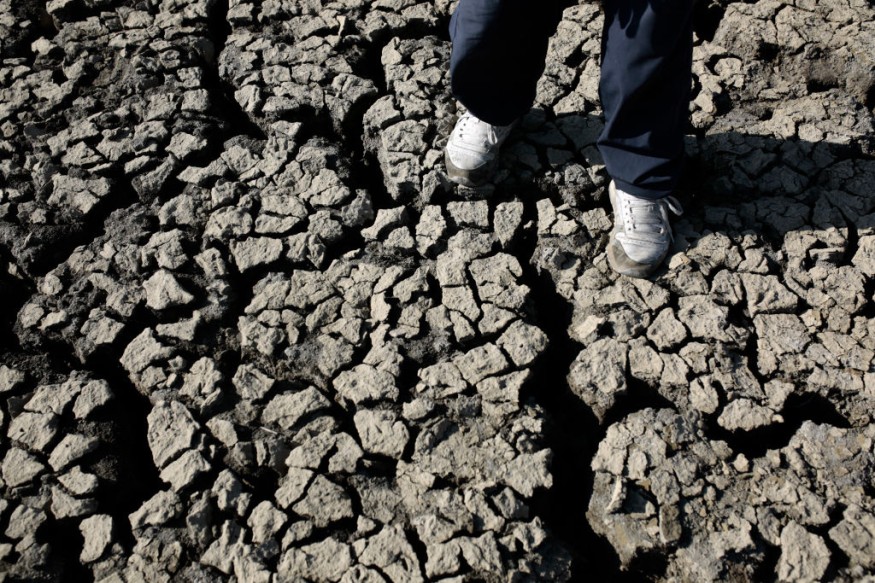
In a distant future, Earth may experience a drastic extinction event due to extreme heat, a study by scientists from the University of Bristol suggests.
Led by Dr. Alexander Farnsworth, the research explains how a new supercontinent, Pangea Ultima, could form and create an environment too harsh for humans and other mammals to survive.
Millions of years from now, Earth's continents will slowly drift and merge into one massive landmass, scientists predict. When this happens, the planet's climate could change drastically, with temperatures soaring to levels that make life impossible for most species. The study was published in Nature Geoscience.
Future Supercontinent Could Create 'Triple Heat Threat' Leading to Mass Extinction
According to Dr. Farnsworth, the merging of continents will lead to what he calls a "triple whammy" of heat sources. This effect includes three main contributors: the continentality effect, a hotter sun, and an increase in carbon dioxide in the atmosphere.
The continentality effect occurs when land masses are situated far from the cooling effects of the ocean.
In this case, the new supercontinent would reduce the influence of oceans on the climate, causing temperatures over land to rise significantly. In addition, over millions of years, the sun will become brighter and emit more energy, further warming the planet.
Increased volcanic activity from tectonic shifts is expected to release large amounts of carbon dioxide into the atmosphere, trapping even more heat. This combination could push daily temperatures as high as 50°C (122°F), with extreme humidity making it impossible for mammals to cool down, even through sweating.
If this extreme heat scenario unfolds, only about 8% to 16% of land on Pangea Ultima would be livable for mammals, leaving many areas barren and inhospitable.
Food and water would be scarce in most regions, and the harsh conditions would pose a serious threat to mammals' survival, including humans. Unlike other species, mammals have limited tolerance for prolonged heat, and the relentless high temperatures would likely lead to widespread extinction.
While this future supercontinent is still hundreds of millions of years away, scientists warn that current climate concerns are urgent and deserve attention. Dr. Eunice Lo, a climate change researcher at the University of Bristol, emphasizes that the immediate climate crisis - fueled by human activities - is already creating hazardous conditions.
Past Extinctions Highlight Urgency in Combating Climate Change
Current carbon dioxide levels are rising rapidly due to fossil fuel use, making it essential to reduce emissions now to prevent further damage.
Dr. Lo points out that even though an uninhabitable Earth might be far off, the climate changes today are already impacting human health, which is why reducing greenhouse gasses is crucial.
According to WION, throughout history, Earth has faced multiple mass extinction events caused by severe climate changes or sudden catastrophes, like the asteroid that ended the age of dinosaurs 66 million years ago.
These extinctions serve as a reminder of life's vulnerability on Earth. Each extinction event dramatically altered the planet's biodiversity, eliminating many species and paving the way for new ones. However, the study suggests that the coming extinction could be unlike any other, as it may be the first driven by extreme heat over a supercontinent, a scenario unique in Earth's history.
As scientists continue to study Earth's potential future, this research also offers insight into the habitability of other planets. Understanding how Earth's land configuration affects its climate may help in identifying habitable zones in distant solar systems.
This potential future mass extinction reminds us of Earth's changing nature and the delicate balance required to sustain life. Past extinction events show us that dramatic shifts in the environment can lead to massive loss of life, underscoring the importance of safeguarding our current climate for future generations.
© 2026 ScienceTimes.com All rights reserved. Do not reproduce without permission. The window to the world of Science Times.












